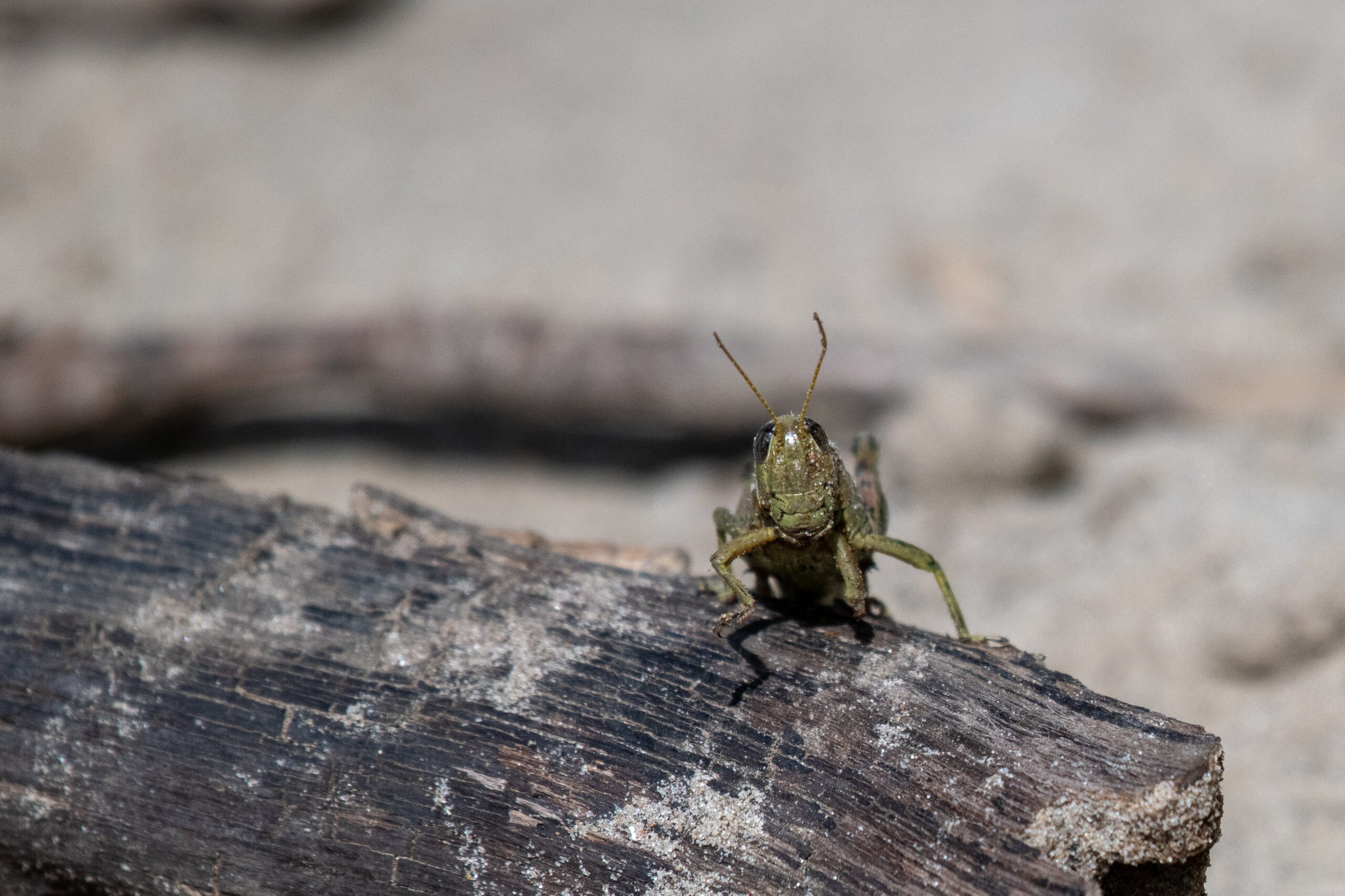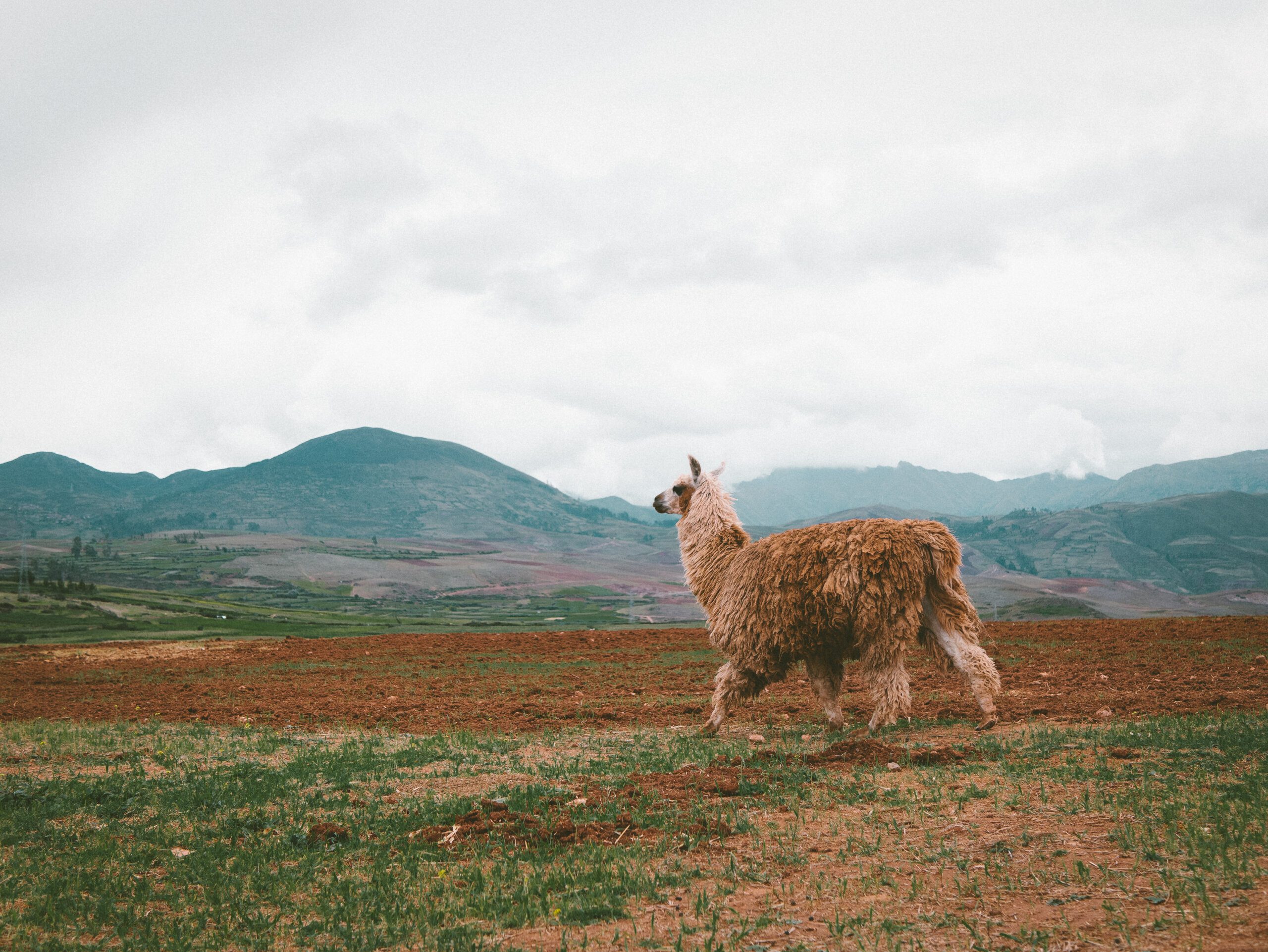Have you ever wondered if crocodiles and capybaras could actually be friends? It might seem like an unlikely pairing, considering that one is a fearsome predator and the other is the largest rodent in the world. However, recent observations in the wild have revealed some surprising interactions between these two species. Researchers have witnessed crocodiles and capybaras sharing the same resting spots, seemingly unfazed by each other’s presence. Could it be possible that these unlikely encounters could actually be the start of a unique friendship? Let’s take a closer look at the fascinating relationship between crocodiles and capybaras.

Background
Introduction to Crocodiles
Crocodiles are fascinating reptiles that have been in existence for millions of years. They are known for their impressive size, powerful jaws, and excellent swimming abilities. Crocodiles belong to the Crocodylidae family and are found in various regions across the globe, including Africa, Asia, Australia, the Americas, and some parts of Europe.
Introduction to Capybaras
Capybaras, on the other hand, are the world’s largest rodents and share an intriguing relationship with crocodiles. Found mainly in South America, capybaras are semi-aquatic mammals that inhabit grassy areas near bodies of water such as rivers, lakes, and marshes. They are known for their friendly and sociable nature, often found in groups, forming tight-knit communities.
Habitat and Overlapping
Crocodile Habitats
Crocodiles exhibit remarkable adaptability and can thrive in a wide range of habitats, including freshwater, saltwater, swamps, and mangroves. They often prefer warmer climates, where they can bask in the sun to regulate their body temperature. Crocodile habitats typically offer ample aquatic resources, such as fish, turtles, and even larger mammals, which form a crucial part of their diet.
Capybara Habitats
Capybaras are well-suited for a semi-aquatic lifestyle and are commonly found in tropical rainforests, savannas, and wetlands throughout South America. They are highly dependent on water and prefer areas with abundant vegetation near bodies of water, which provide both food and shelter. These habitats offer a diverse range of plant life, including grasses, aquatic plants, and fruits, which capybaras rely on for sustenance.
Areas of Overlap
Given their differing habitat preferences, the areas where crocodiles and capybaras overlap are primarily within wetland ecosystems. These regions provide an optimal environment, supplying both species with the necessary resources to survive. The coexistence of crocodiles and capybaras within these areas raises questions about their behavioral interactions and potential relationships.

Behavioral Observations
Predatory Instincts of Crocodiles
Crocodiles are formidable predators with a well-developed hunting instinct. They rely on a stealthy approach, lurking just below the surface of the water, waiting for an unsuspecting prey to come close. Their lightning-fast strikes propelled by their muscular tails allow them to overpower even large animals. Crocodiles have been observed ambushing a variety of prey, including fish, birds, mammals, and even other reptiles.
Capybara Behavior in the Presence of Crocodiles
Despite the inherent danger posed by crocodiles, capybaras display interesting behavioral patterns when coexisting in their habitat. They are social animals that live in groups called herds, typically consisting of several adult females, a dominant male, and their offspring. When capybaras encounter a crocodile in their vicinity, they exhibit caution and heightened vigilance. They rely on their strong social bonds and group dynamics to help detect and avoid potential threats.
Interactions and Relationships
Scenarios of Crocodiles and Capybaras Sharing Spaces
In the wetland areas where crocodiles and capybaras coexist, various scenarios of sharing spaces have been observed. In some instances, crocodiles exhibit a tolerant behavior towards capybaras, seemingly unaffected by their presence. This suggests a degree of coexistence, potentially indicating a non-antagonistic relationship.
Evidence of Cooperative Behavior
Interestingly, there have been reports of capybaras and crocodiles engaging in cooperative behavior. Capybaras have been observed grooming crocodiles by removing parasites from their scales. This behavior, known as mutualism, benefits both parties involved. The capybaras gain access to cleaning the parasites off their bodies, while the crocodiles benefit from the removal of potentially harmful organisms.
Possible Reasons for Such Relationships
The underlying reasons for the interactions between crocodiles and capybaras are still a subject of scientific investigation. One hypothesis suggests that the capybaras’ willingness to groom crocodiles may stem from an instinctual behavior honed over generations. This grooming behavior could serve as a strategy to reduce potential aggression from the crocodiles, thus increasing the capybaras’ chances of survival in shared habitats.

Communication
Vocalizations and Body Language in Crocodiles
Crocodiles employ a variety of vocalizations and body language to communicate with one another. Vocalizations can range from low-frequency growls and hisses to higher-pitched sounds, typically associated with courtship displays or marking territories. In addition to vocalizations, crocodiles also communicate through various body postures and movements, such as head-swaying, tail-slapping, and open-mouth displays.
Communication Methods of Capybaras
Capybaras communicate primarily through a series of vocalizations and body signals. They produce a wide range of sounds, including whistles, purrs, and alarm calls, each carrying distinct meanings. Body language plays a critical role in capybara communication, with gestures such as nose touching, grooming, and playful chases conveying social affiliations, dominance hierarchies, and warnings of potential danger.
Inter-species Communication
While there is limited scientific research on inter-species communication between crocodiles and capybaras, it is plausible that these species may rely on mutual recognition of each other’s signals. Capybaras’ ability to detect and respond to the body postures and vocalizations of crocodiles might contribute to their successful coexistence in shared habitats.
Feeding Patterns
Crocodile Feeding Habits
Crocodiles are opportunistic and carnivorous predators. Their feeding habits vary depending on their size and habitat, but they primarily consume fish, amphibians, crustaceans, birds, and mammals. Crocodiles employ a sit-and-wait hunting strategy, often staying motionless for extended periods near the water’s edge until potential prey comes within striking distance.
Diet of Capybaras
Capybaras are herbivorous animals with a diet primarily consisting of grasses, aquatic vegetation, and a variety of plant matter. They graze near water bodies, consuming large quantities of vegetation to meet their nutritional needs. Capybaras have a specialized digestive system that allows them to extract maximum nutrition from their high-fiber diet.
Shared Food Sources
While crocodiles and capybaras have distinctive diets, their habitats often provide overlapping sources of food. In some instances, capybaras may encounter fish or small vertebrates that venture too close to the water’s edge, providing an opportunity for crocodiles to prey on them. However, it should be noted that predation on capybaras by crocodiles is relatively rare and occurs more in exceptional circumstances than as a regular feeding strategy.
Reproduction and Offspring
Crocodile Mating and Family Dynamics
Crocodiles engage in complex mating rituals, with males attracting females through vocalizations, body displays, and water splashing. Once a pair forms a mating bond, they engage in courtship displays and eventually mate. Crocodile females then lay eggs in nests, which they guard fiercely. After the eggs hatch, the female takes an active role in protecting and guiding the young to water, where they begin their independent lives.
Capybara Mating and Family Dynamics
Capybaras engage in polygamous mating systems, where dominant males mate with several females within their herd. Mating behavior typically involves vocalizations, chasing, and playful interactions between males and females. After a gestation period of around five months, the female gives birth to a relatively large litter of young capybaras. The entire herd collectively cares for the offspring, providing protection and guidance.
Cross-species Interactions in Reproductive Contexts
In terms of cross-species interactions between crocodiles and capybaras, there is limited evidence of direct interactions during their respective reproductive cycles. However, given the proximity of their habitats, it is possible that capybaras take precautions to keep their offspring away from potential crocodile dangers, especially during vulnerable stages.
Threats and Predation
Hunting Habits of Crocodiles
Crocodiles are apex predators within their ecosystems and play a crucial role in maintaining ecological balance. While they primarily hunt for food, crocodiles have been known to exhibit territorial aggression towards conspecifics or other potential threats. In their natural habitats, crocodiles are at the top of the food chain and face minimal predation risks.
Vulnerability of Capybaras
Capybaras, despite their size, are vulnerable to predation from several predators, including jaguars, large snakes, and birds of prey. However, the risk of predation from crocodiles is relatively low, as capybaras have evolved strategies to detect and avoid potential danger. Their social behavior and vigilance within groups provide an added layer of protection against predatory threats.
Instances of Predation
While it is not common, there have been documented instances of crocodiles preying on capybaras. These instances often occur when capybaras venture too close to the water’s edge, allowing crocodiles to employ their stealthy hunting techniques. However, such events are not frequent and do not appear to significantly impact capybara populations.
Protective Measures
Conservation efforts aimed at protecting both crocodiles and capybaras have focused on preserving their respective habitats. Habitat conservation helps minimize potential conflicts and provides safe spaces for both species. Educating local communities about the ecological significance of these animals and promoting responsible tourism can also contribute to reducing human-wildlife conflicts.
Research Studies
Scientific Studies on Crocodile-Capybara Relationships
Scientific research concerning the relationship between crocodiles and capybaras is relatively limited but increasing in recent years. Researchers have conducted field studies to better understand the behaviors and interactions of these species within shared environments. These studies include observing habitat usage, social interactions, and documenting specific cases of mutualistic behaviors between crocodiles and capybaras.
Field Observations and Data Collection Methods
Field observations are paramount in gathering data on crocodile-capybara relationships. Researchers spend significant time observing the behaviors, locations, and interactions of these animals in their natural habitats. Techniques such as remote cameras, individual tagging, and surveys are employed to collect quantitative and qualitative data. These methods help researchers gain insights into the dynamics of their relationships and possible long-term implications.
Conservation Impact
Understanding the Ecological Significance
Studying the relationships between crocodiles and capybaras contributes to a better understanding of the ecological significance of these species. Both crocodiles and capybaras play essential roles in their respective habitats, influencing the population dynamics of other species and contributing to ecosystem stability. Unraveling the intricacies of their relationships helps scientists comprehend the broader ecological web in which they exist.
Protective Measures for Both Species
Conservation efforts should prioritize the protection of both crocodiles and capybaras, recognizing their importance in maintaining biodiversity. Implementing conservation measures such as habitat preservation, monitoring programs, and educating local communities about the ecological value of these species can help ensure their long-term survival.
Implications for Conservation Efforts
Understanding the relationships between crocodiles and capybaras can have broader implications for conservation efforts in wetland ecosystems. It highlights the interconnectedness of different species and emphasizes the need for sustainable management practices that consider the interactions between predators, prey, and their habitats. By conserving these habitats, we can contribute to the preservation of entire ecosystems and the diversity of life they support.
In conclusion, the coexistence of crocodiles and capybaras in shared habitats is a fascinating topic that warrants further scientific exploration. While there is no definitive evidence of a true “friendship” between these species, their behavioral interactions and instances of cooperative behavior suggest a complex relationship. Understanding the dynamics between crocodiles and capybaras contributes to our knowledge of the natural world, reinforcing the importance of conserving these incredible creatures and their habitats for future generations.



